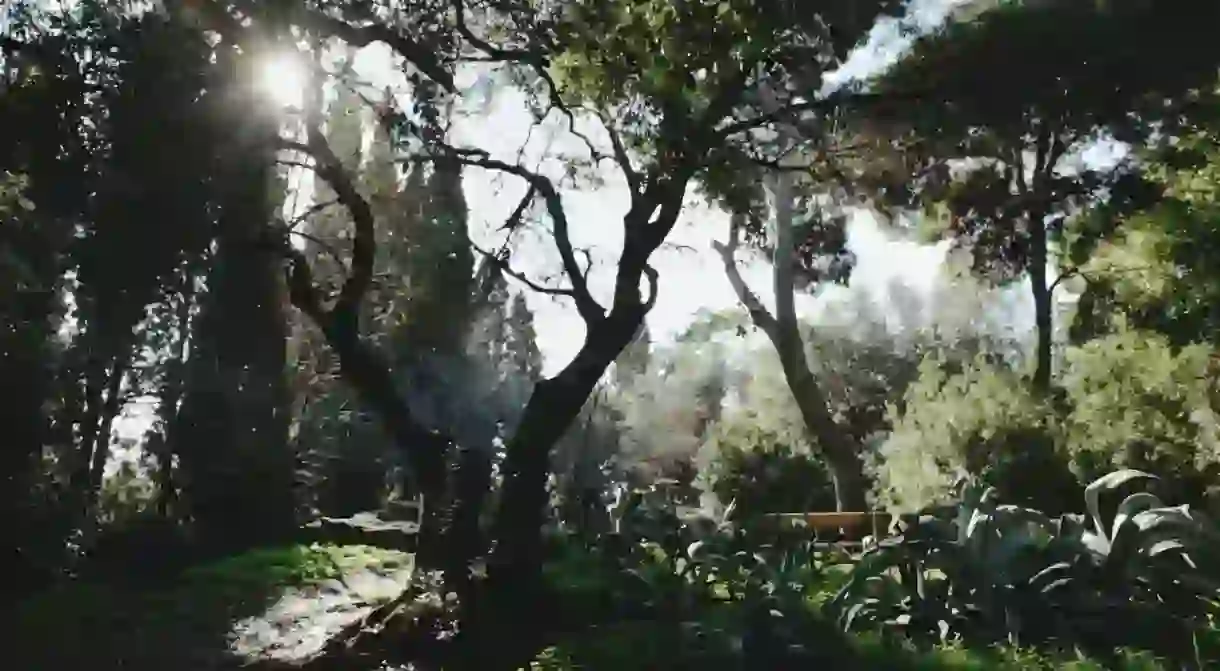A History of Athens' National Garden in 60 Seconds

A green oasis located directly behind the Greek Parliament building, the National Garden is a central public park stretching to the Zappeion, across from the Panathinaiko, also known as the Kallimarmaro stadium, where the first modern Olympic Games were held in 1896. Here is the history of this little bubble of fresh air in the heart of the Greek capital.
Commissioned by the newly appointed Queen Amalia in 1838, the National Garden, which at the time was the Royal Garden, was completed by 1840 by German agronomist, Friedrich Schmidt. For its construction, no less than 500 species of plants and trees, as well as a collection of animals such as peacocks, ducks and turtles, were imported. Though some of the trees didn’t survive the hot Greek summers, many exotic plants and trees still stand tall. Part of the park was fenced off to the public and was the royal’s family garden, where they could retreat from the Royal Palace, which now serves as the Greek Parliament House.
Few people know that the Royal Garden is actually the place where an unusual moment, which changed the course of the country’s history, occurred and that it all started with a simple monkey bite.
The year was 1920 when Greece was under King Alexander and prime minister Eleftherios Venizelos. While many territories (including islands) were added to the Greek state under the framework of the reunification of the country, the Greco-Turkish War was full on. On a lovely day of that year, King Alexander was bitten by a pet monkey in the garden and died of sepsis three weeks later. This tragic incident brought his father back, the deposed King Constantine I, unpopular with the Allied Powers, who contributed to the demise of Venizelos in the general election. The newly chosen PM, Dimitrios Gounaris, replaced the military officials who held positions of power, which led to the withdrawal of the support from Britain and France, and eventually, to the defeat of the Greek troops camped in Turkey. These events motivated the population exchange between the two neighbouring nations in 1923. These cascading events eventually led to King Constantine I to abdicate for a second time, leading to the establishment of the Second Hellenic Republic and the abolishment of the monarchy in 1924, after a referendum.
And thus, renamed the National Garden, the park opened to the public a few years later and the main entrance was moved to a main artery of the city, which was renamed Queen Amalia Avenue.
Open from sunset to sunrise, the National Garden is home to a small zoo and botanical garden, a few ponds where turtles roam free as well as several ancient ruins and mosaics. But the highlight is its little cafe that opens in summer, where you can enjoy delicious refreshments away from the city’s hustle and bustle.













